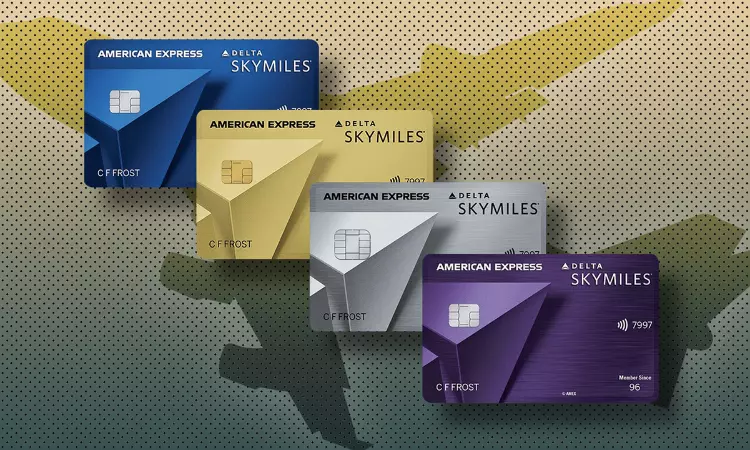
How to choose the best credit card for kids
If you choose a credit card for a child under 18, the card is more likely to be a joint venture. Since only adults can open a credit card, you must apply for it yourself. You can then add authorized users to your credit card so your kids can have their own cards.
How to choose a credit card in this situation:
Step 1: Check your credit history
Your credit rating is one of the most important factors in determining which credit cards you qualify for. If you have a good or excellent credit score, you should be eligible for most offers, including the best credit cards. If the score is low, you need to find a card that matches your credit profile.
Step 2: Decide what features you want
Since any credit card can help your child build credit, it makes sense to choose one that has the features you want. Here are some popular features you might want to look for:
No annual fee (highly recommended if you don’t want to pay extra for your child’s credit card)
Rewards like cash back or travel points
0% introductory APR on purchases, balance transfers, or both
New cardholder sign-up bonus
Step 3: Compare and Apply for Credit Cards
Once you’ve found a few cards you like, bring up all their features and see how they stack up. Find out what you like best, then fill out the application form.
Can my child open a credit card?
No – The primary cardholder for the account must be at least 18 years old. However, it is possible for young children to be authorized users of adult credit cards. Some parents add their kids to their credit cards as authorized users so kids can start building credit at an early age.
Can my child build credit with a children’s credit card?
Yes, kids can build credit with any credit card. In this regard, they are all the same. While some credit cards are great for kids because of their features, no credit card builds credit better or faster than others.
What matters is how the cardholder uses the card. If a cardholder pays his bills on time and doesn’t build up a large balance, his credit goes up. This is the advantage of giving your child a credit card instead of a debit or prepaid card.
If you plan to add your child to your own credit card account as an authorized user, there is one catch. Typically, credit card companies report credit card activity through the credit history of authorized users. When you add a child as an authorized user, your credit card activity is usually reported on the child’s credit history.
Although this is a general rule, some card issuers will only report activity to credit bureaus when an authorized user reaches a minimum age, such as 18. B. 15, 16 or 18 years old. Others have no minimum age. If you want to help your child build credit, first check with the credit card issuer to confirm that credit card activity is reported on their credit file.
Here’s how to build your kid’s credit with a kid’s credit card
Building credit is all about establishing some consistent financial habits. If you already have good credit, these habits are not new to you. Here’s how you can help your child achieve their own high score:
Pay your credit card on time: Whether it’s you or your child paying the bill, make sure you pay on time. Payment history is the most important factor in creditworthiness. Every timely payment is recorded on your child’s credit file and helps improve their score.
It’s also worth paying the full credit card balance each time. By paying in full, you can avoid interest charges and credit card debt—a valuable lesson kids need to learn from an early age.
Avoid large balances: Your credit card balance and your credit limit are called your “credit utilization.” This factor also has a significant impact on its credit rating.
Your child’s credit score will benefit if they keep their credit utilization below at least 30% – preferably below 20%. So if the card has a $500 limit, they should always keep the balance under $100 or up to $150.
Keep your first credit card open: One of the reasons it helps to start borrowing early in life is because it allows you to build a long-term credit history. A child who receives his first credit card as an authorized user at age 15 may have a 10-year credit history at age 25. Adults who receive their first card at age 23 have only 2 years of credit history at the same age.
Credit cards can only build a credit history if they remain open. It’s important to keep old cards handy, especially your child’s first credit card, whether they got it themselves or as an authorized user of your account. Therefore, a credit card with no annual fee is also a good first credit card.
Teach them credit: You can start your kids with credit, but eventually they will have to manage it on their own. Teach them how credit cards work, what determines their creditworthiness, and money management skills as they get older. These financial literacy courses can pay off as they become more independent.
| CARD | RATING | GREAT FOR |
|---|---|---|
|
Discover it® Student Cash Back
 |
Rating image, 5.00 out of 5 stars.
5.00 stars
广告 |
Rotating rewards |
|
Chase Freedom Unlimited®
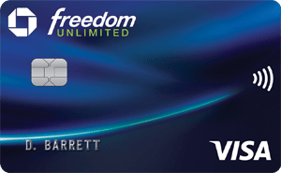 |
Rating image, 5.00 out of 5 stars.
5.00 stars
|
Diverse bonus categories |
|
Capital One Quicksilver Student Cash Rewards Credit Card
 |
Rating image, 4.00 out of 5 stars.
4.00 stars
|
Unlimited cash back for students |
|
Petal® 2 “Cash Back, No Fees” Visa® Credit Card
 |
Rating image, 4.00 out of 5 stars.
4.00 stars
|
No credit history required |
|
Chase Freedom Flex℠
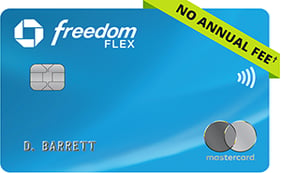 |
Rating image, 5.00 out of 5 stars.
5.00 stars
|
Cellphone protection |
|
Discover it® Secured Credit Card
 |
Rating image, 5.00 out of 5 stars.
5.00 stars
|
Secured card |
|
Capital One Platinum Credit Card
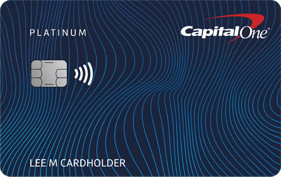 |
Rating image, 4.00 out of 5 stars.
4.00 stars
|
Building credit |
|
Bank of America® Customized Cash Rewards Credit Card for Students
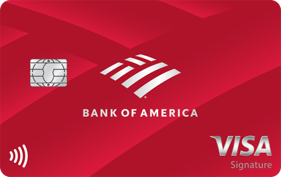 |
Rating image, 4.50 out of 5 stars.
4.50 stars
|
Choose your bonus category |
SEE ALSO!
-
-
-
-
-
American Express focuses on customer experience with new checking account and redesigned application
-


